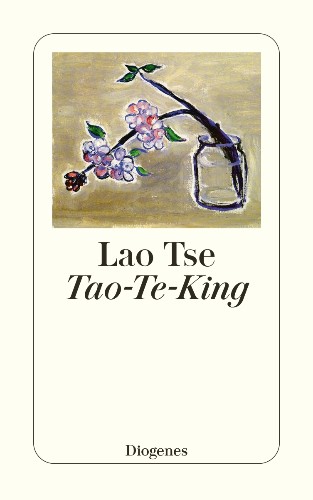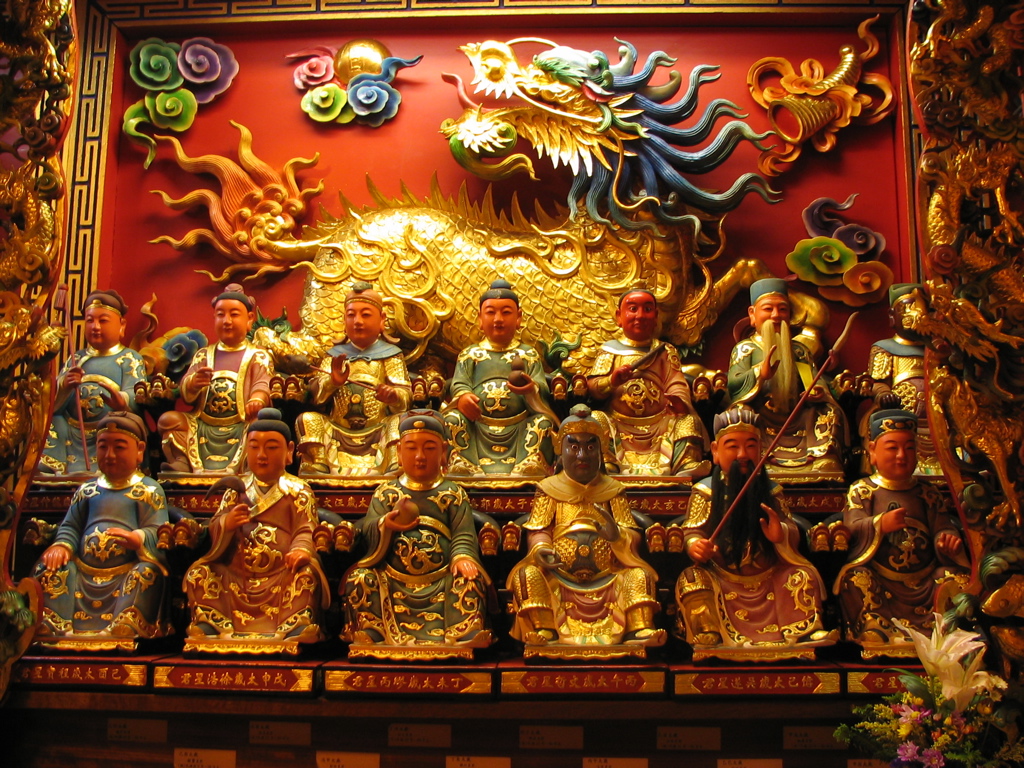

In short, spirituality and religion are evolving cultural frameworks that help people cope with life. Spirituality then morphed into a more political form - religion - to help counterbalance the cultural stresses that followed in the wake of the Agricultural Revolution, its technological advances, and large civilized populations. The empirically obvious answer to my question, “What and why is there religion in the first place?” is this: Spirituality arose in concert with dialectic thought to help humans cope with the polarizing nature of dialectic thought. Religion is probably at best a palliative, and at its worst, an elitist justification to discriminate and subjugate. However, the disconnection humanity feels due to (1) dialectic thought and (2) the shift away from the egalitarian ways of our ancestors, lingers on deeply in everyone. Religion does work to a degree in various ways. The Latin root of religion is re- again, back, anew + ligare – to bind, to connect. Interestingly, the word religion tells the story of its core purpose.

In a sense, the dialectic nature of language causes us to feel a visceral sense of disconnection from Nature, which drives us to find ways to connect and feel Oneness again - enter artistic impulses, spirituality and religion. Yin and yang are classic representations of this polar point of view that pervades human cognition, and hence perception. This dialectic aspect of language misrepresents Nature at its most fundament level. Language, and specifically the profoundly dialectic nature of human language, splits reality into two camps, so to speak. What inspired the artistic creativity in this group of modern humans, extinct human species, and our immediate ancestors (including members of the genera Homo, Australopithecus, Paranthropus and Ardipithecus)?įrom a symptoms point of view, the most straightforward hypothesis is that this creative drive is symptomatic of the hominins’ concurrent cognitive evolution at that time. One of the best questions I ever asked myself was, “What and why is there religion in the first place?” From the outset, I felt the discoveries of paleo-art of the Lower Paleolithic period (about 2,500,000 to 200,000 years ago) as essential to pondering the cognitive characteristics of this period’s Hominins. Accordingly, focuses on the how, what, and why we think what we think with the aim to neutralize biases and deepen self-understanding to the extent possible. As chapter 15 notes, Of old, the adept student was minutely subtle, profoundly connecting, and deep beyond knowledge.īelief’s attendant explicit and implicit biases we absorb throughout life deeply affect the long-term quality of life.

These two disclaimers make it plain that Taoist thought is in a category of its own, strangely beyond belief. The next line, The name possible to express runs counter to the constant name, reinforces the Taoist ‘disclaimer’. The ‘possible to think’ characteristic of belief itself forms the foundation of every ‘ism’. The first line of the Tao Te Ching says as much, The way possible to think, runs counter to the constant way. You could say that Taoist thought is too subtle, even mysterious, to be pinned down in an ‘ism’. Views on Taoism may differ more greatly among people than views on any other ‘ism’ out there.


 0 kommentar(er)
0 kommentar(er)
